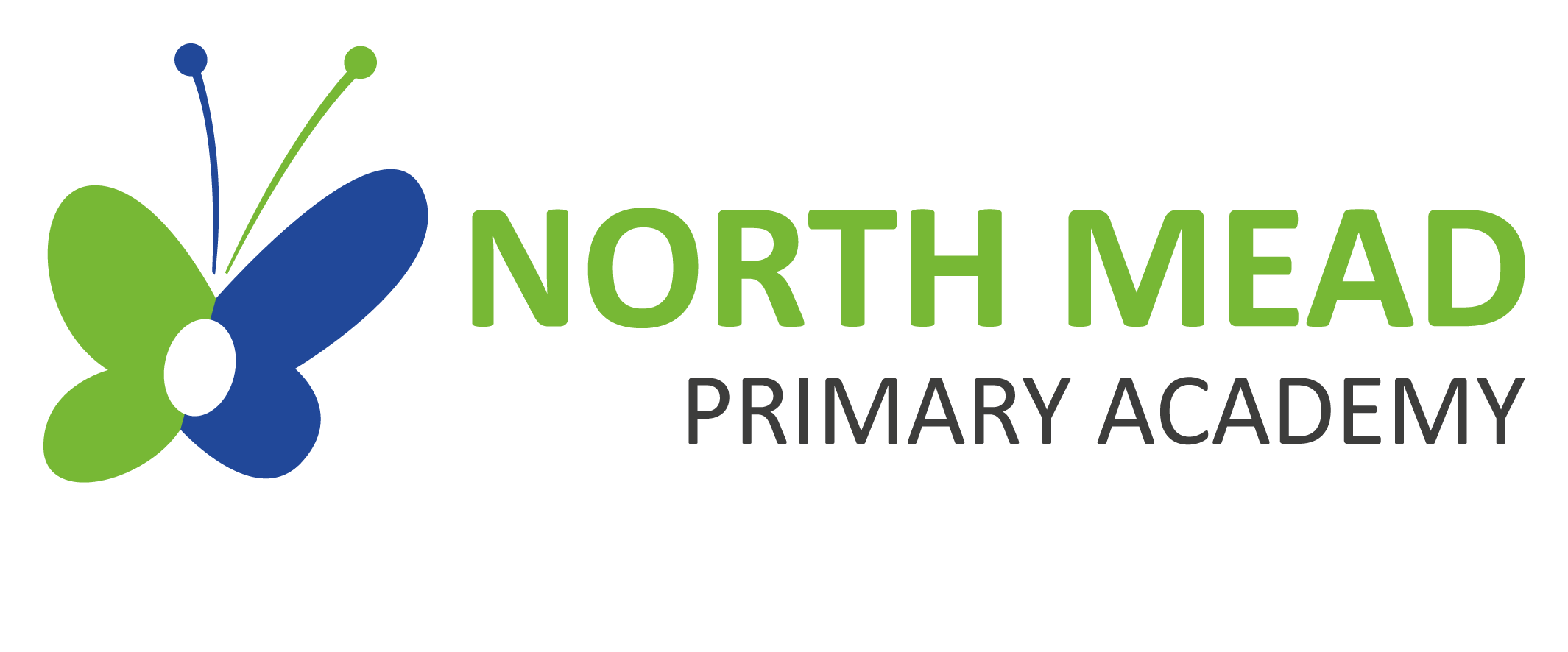Neglect
Neglect is the persistent failure to meet a child’s basic physical and/or psychological needs. Neglect may occur during pregnancy, e.g., as a result of maternal substance abuse. Once a child is born, neglect may involve a parent or carer failing to:
- Provide adequate food, clothing and shelter (including exclusion from home or abandonment);
- Protect a child from physical and emotional harm or danger;
- Ensure adequate supervision (including the use of inadequate caregivers);
- Ensure access to appropriate medical care or treatment.
It may also include neglect of, or unresponsiveness to, a child’s basic emotional needs. The following may be indicators of neglect (this is not designed to be used as a checklist):
- Constant hunger;
- Fabricated or Induced Illnesses;
- Stealing, scavenging and/or hoarding food;
- Frequent tiredness or listlessness;
- Frequently dirty or unkempt;
- Often poorly or inappropriately clad for the weather;
- Poor school attendance or often late for school;
- Poor concentration;
- Affection or attention seeking behaviour;
- Illnesses or injuries that are left untreated;
- Failure to achieve developmental milestones, for example growth, weight;
- Failure to develop intellectually or socially;
- Responsibility for activity that is not age appropriate such as cooking, ironing, caring for siblings;
- The child is regularly not collected or received from school;
- The child is left at home alone or with inappropriate carers.
Physical Abuse
Physical abuse may involve hitting, shaking, throwing, poisoning, burning or scalding, drowning, suffocating or otherwise causing physical harm to a child. Physical harm may also be caused when a parent or carer fabricates the symptoms of, or deliberately induces, illness in a child.
The following may be indicators of physical abuse (this is not designed to be used as a checklist):
- Multiple bruises in clusters, or of uniform shape;
- Bruises that carry an imprint, such as a hand or a belt;
- Bite marks;
- Round burn marks;
- Multiple burn marks and burns on unusual areas of the body such as the back, shoulders or buttocks;
- An injury that is not consistent with the account given;
- Changing or different accounts of how an injury occurred;
- Bald patches;
- Symptoms of drug or alcohol intoxication or poisoning;
- Unaccountable covering of limbs, even in hot weather;
- Fabricated or Induced Illnesses
- Fear of going home or parents being contacted;
- Fear of medical help;
- Fear of changing for PE;
- Inexplicable fear of adults or over-compliance;
- Violence or aggression towards others including bullying; or
- Isolation from peers.
Sexual Abuse
Sexual abuse involves forcing or enticing a child or young person to take part in sexual activities, not necessarily involving a high level of violence, whether or not the child is aware of what is happening. The activities may involve physical contact, including assault by penetration (for example, rape or oral sex) or non-penetrative acts such as masturbation, kissing, rubbing and touching outside of clothing. They may also include non-contact activities, such as involving children in looking at, or in the production of, sexual images, watching sexual activities, encouraging children to behave in sexually inappropriate ways, or grooming a child in preparation for abuse (including via the internet). Sexual abuse is not solely perpetrated by adult males. Women can also commit act of sexual abuse, as can other children.
The following may be indicators of sexual abuse (this is not designed to be used as a checklist):
- Sexually explicit play or behaviour or age-inappropriate knowledge;
- Anal or vaginal discharge, soreness or scratching;
- Reluctance to go home;
- Inability to concentrate, tiredness;
- Refusal to communicate;
- Thrush, persistent complaints of stomach disorders or pains;
- Eating disorders, for example anorexia nervosa and bulimia;
- Attention seeking behaviour, self-mutilation, substance abuse;
- Aggressive behaviour including sexual harassment or molestation;
- Unusual compliance;
- Regressive behaviour, enuresis, soiling;
- Frequent or open masturbation, touching others inappropriately;
- Depression, withdrawal, isolation from peer group;
- Reluctance to undress for PE or swimming; or
- Bruises or scratches in the genital area.
Emotional Abuse
Emotional abuse is the persistent emotional maltreatment of a child such as to cause severe and persistent adverse affects on the child’s emotional development. It may involve conveying to children that they are worthless or unloved, inadequate, or valued only insofar as they meet the needs of another person. It may include not giving the child opportunities to express their views, deliberately silencing them or ‘making fun’ of what they say or how they communicate. It may feature age or developmentally inappropriate expectations being imposed on children. These may include interactions that are beyond the child’s developmental capability, as well as overprotection and limitation of exploration and learning, or preventing the child participating in normal social interaction. It may also involve seeing or hearing the ill-treatment of another person. It may involve serious bullying (including cyber bullying), causing children frequently to feel frightened or in danger, or the exploitation or corruption of children. Some level of emotional abuse is involved in all types of maltreatment.
The following may be indicators of emotional abuse (this is not designed to be used as a checklist):
- The child consistently describes him/herself in very negative ways – as stupid, naughty, hopeless, ugly;
- Over-reaction to mistakes;
- Delayed physical, mental or emotional development;
- Sudden speech or sensory disorders;
- Inappropriate emotional responses, fantasies;
- Neurotic behaviour: rocking, banging head, regression, tics and twitches;
- Self-harming, drug or solvent abuse;
- Fear of parents being contacted;
- Running away;
- Compulsive stealing;
- Appetite disorders – anorexia nervosa, bulimia; or
- Soiling, smearing faeces, enuresis.
Some situations where children stop communication suddenly (known as “traumatic mutism”) can indicate maltreatment

 Together We Make A Positive Difference
Together We Make A Positive Difference